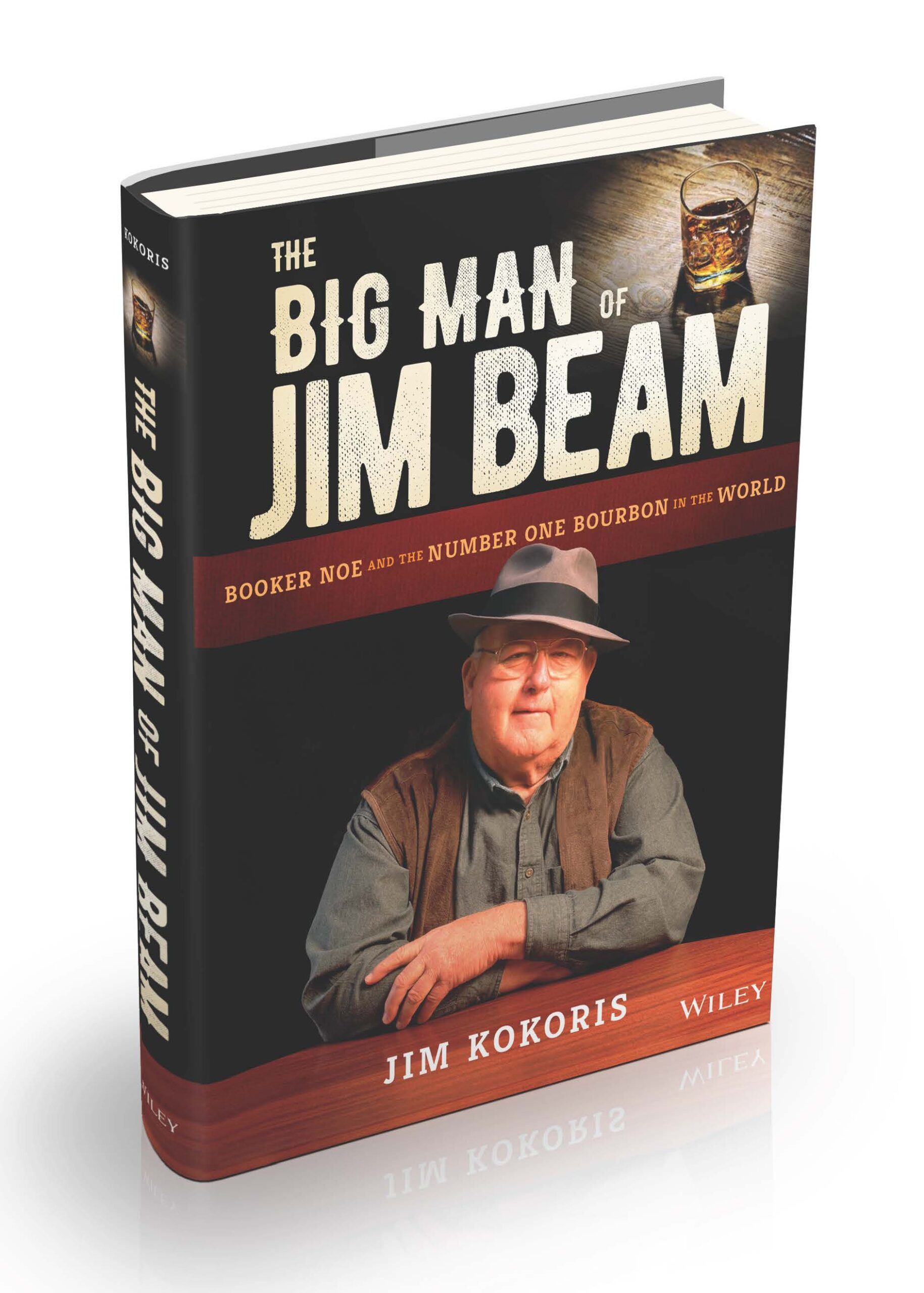My deep dive into bourbon began in earnest with Knob Creek and Basil Hayden’s. They were the first premium small batch bourbons released and their mastermind was Booker Noe. At the time of their release, Booker’s legendary career was pretty much over, and I had no idea who he was.
Today, the Bourbon Trail is like Disneyland for adults, whiskey festivals draw crowds of thousands, and they all line up for photos with the Master Distillers. This can all be traced back to Booker Noe, the grandson of Jim Beam, and the first true star of the bourbon world. “One day they just started calling me [Master Distiller],” he said, “I’m not even sure what the hell it means.”
Booker’s huge personality is on full display here, but he was the heart and soul of Jim Beam long before he was its face. Jim Kokoris spent a decade working and traveling alongside Booker, and he has given his friend’s family a wonderful gift with this book. Under 200 pages, it does leaves the reader wanting a little more, but I can only imagine you felt the same when you spent time with the Big Man.
There are some terrific stories to be had, including the origin of Booker’s bourbon. He actually sent an apprentice distiller into the rack house to find where the Beam employees hid the most mules (rubber hoses used to sneak a drink from the barrel). Booker knew if the barrels were shiny (from the boys wiping the dust away when leaning over them) and the mules were stashed nearby, that’s where the best bourbon was made. As it turned out, the “center cut” of the 5th floor is where it all began. This kind of instinct and intelligence comes only from a lifetime of passionate commitment to your craft. Kokoris even inserts a list of Booker’s successful traits that any business professional can appreciate.
It didn’t start out that way. Booker quit Bear Bryant’s Kentucky football team and eventually dropped out of college, causing concern in his Uncle Jere and cousin Carl, who had hoped Booker would keep the family link at the distillery intact. Booker was a wild man and enjoyed a good time. He was close with his famous grandfather as a child, though, and both Jim and Uncle Jere (Jim Beam’s son) had recognized his potential. Also eyeing Booker was Thompson Willett, who nearly hired Booker from the lumberyard while his family procrastinated. Booker’s mother Mary (Beam’s daughter) would have none of that, and she persuaded Uncle Jere to finesse Booker’s introduction into the family business. The rest is history, but one can only wonder how it would have been rewritten had Booker gone to Willett instead.
The events leading up to the first Booker’s release (originally called ‘Booker’s True Barrel Bourbon’) in 1987 is a time capsule in itself and fans will eat it up. First he handed out tastes to celebrities on the set of a Hank Williams music video, and people kept asking him what he called his incredible whiskey. “I just call it ‘Booker’s’ for now,” he told them. “It’s my personal whiskey, so hell, it may as well have my personal name.” Booker’s survived corporate efforts to proof it down, change the label, and even correct its iconic typo that has remained since day one. This, like so many situations recalled in the book, ended with the same question, “Do you want to tell Booker that?”
The first true Limited Edition bourbon, Booker’s carried a $39.99 initial price tag that many inside Beam thought insane because people simply did not, and would not, pay a premium for bourbon. Oh, how things have changed. As you meet the major figures in Booker’s life, one by one those Booker’s labels make more sense. “Annis’ Answer,” “Toogie’s Invitation,” “Dot’s Batch,” and “The Center Cut,” just to name a few.
It’s a quick and enjoyable read, well-written, but not without a few minor drawbacks. A list of Favorite Booker Quotes in the back of the book feels short at just ten of them. True, there are many more throughout but far more should have been included than those on this single page. Immediately following are several pages of Booker’s family food and cocktail recipes, an excellent section considering how much he loved to cook. The one glaring omission for me is that there was merely a passing reference to Booker’s Rye in the book. Given the fantastic story of Booker laying down the only barrels of his rye experiment shortly before he passed away (along with the recipe), its market-shocking price point upon its recent release, and then its multiple “Whiskey of the Year” honors, leaving all of this out seemed a mistake.
Those minor quibbles aside, this is a book every bourbon fan will enjoy, and comes at a perfect time for Beam. Just on the heels of their recent Booker’s bourbon pricing debacle, reading this will put a smile on your face and give you a new appreciation for the Big Man… and maybe even his namesake bourbon.
Rating: Recommended.
Rating Scale:
Essential: Every home bar or library should have a copy of this
Recommended: Enjoyable read, absolutely worth the time and money
Average: Better presentation available elsewhere
Forgettable: I wish I had my time and money back
